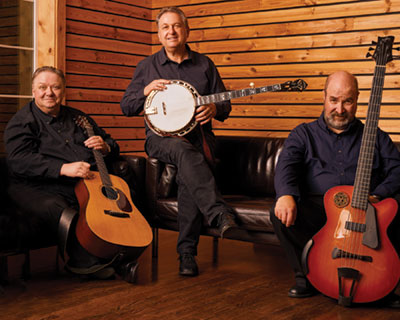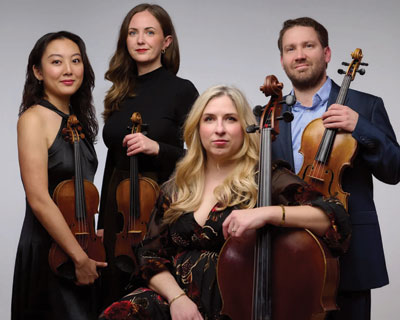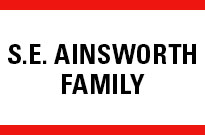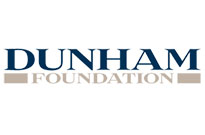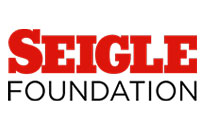Moonshine Sonata
featuring Kruger Brothers and Kontras Quartet
Program
Morning at Deep Gap, E Pluribus Unum, Wild Horses (excerpt from Appalachian Concerto)
Harder than Steel
A Better World (excerpt from Moonshine Sonata)
The Sermon (excerpt from Moonshine Sonata)
Black Bird
Over Mountain Men (excerpt from Roan Mountain Suite)
Jason
Don’t Think Twice
–– INTERMISSION ––
Spirit of the Woods (excerpt from Moonshine Sonata)
Shame on You
Margarethe (excerpt from Lucid Dreamer)
A New Country (excerpt from Appalachian Concerto)
Carolina in the Fall
Fields of Gold
Council of the Migrant Jesters (excerpt from Lucid Dreamer)
Pacific Morning
Guest Artists
Kruger Brothers
Uwe Kruger, guitar, lead vocal
Jens Kruger, banjo, harmony vocal
Joel Landsberg, bass, harmony vocal
Jonah Horton, mandolin
Kontras Quartet
Eleanor Bartsch, violin I
Sherri Zhang, violin II
Ben Weber, viola
Jean Hatmaker, cello
Many thanks to The Venue and The Haight for welcoming us into their beautiful spaces this season!
Thank you to our Concert Sponsor: Elgin Cultural Arts Commission
Chamber Music on the Fox Season 11 is presented by Mark and Robin Seigle
Program Notes
(click title below to read)
Guest Artist Biography
(click each title below to read)
Upcoming Concerts & Events
Lords Park Summer Concert – July 14, 2025
Our second summer concert features Emi Tanabe on violin and Matthew Agnew on cello. They will be performing a mix of pop, rock, and jazz.
Join us for this FREE concert: noon to 1:00pm on Monday, July 14th.
Lords Park Zoo
325 Hiawatha Drive., Elgin, IL
These are free events!
Lords Park Summer Concert – August 4, 2025
Our final summer concert features The Moeller Duo. Together, guitarist Paul Moeller and cellist Kerena Moeller have concertized throughout the United States and England. Their program will include works by such master composers as Myres, Scarlatti, De Falla, Granados and Villa-Lobos and maybe even some Jazz and Pop tunes!
Join us for this FREE concert: noon to 1:00pm on Monday, August 4th.
Lords Park Zoo
325 Hiawatha Drive., Elgin, IL
These are free events!
